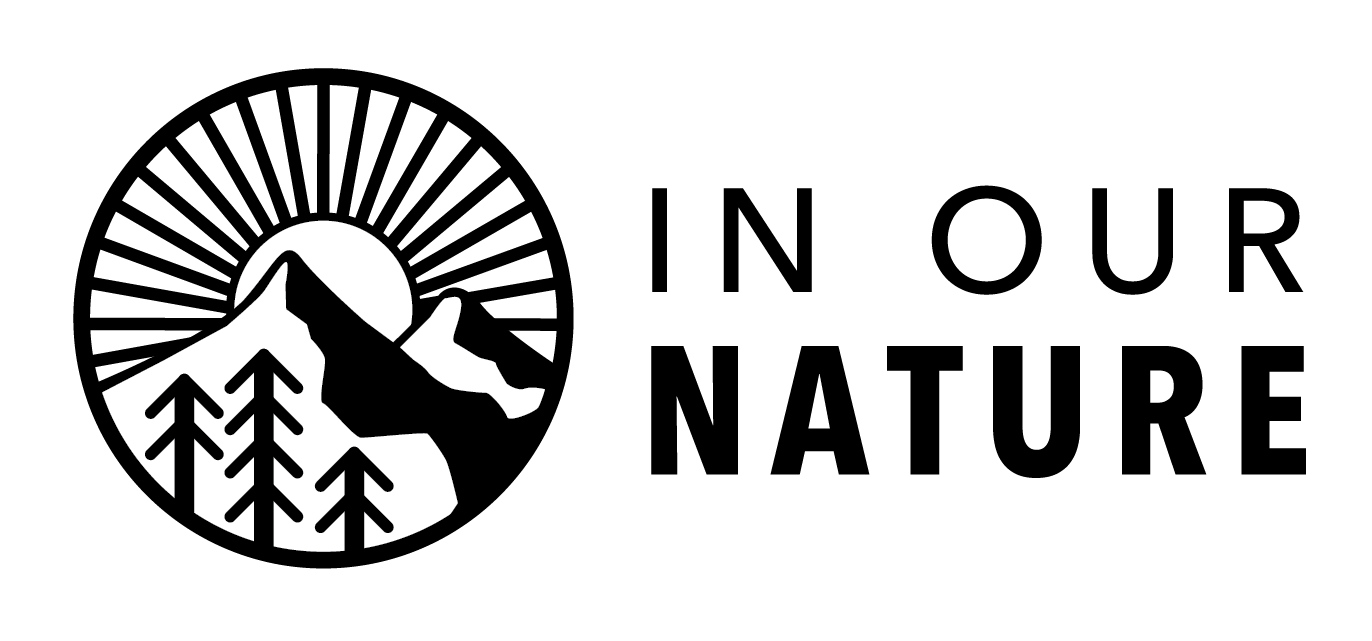Could Northwestern’s Campus Be Contributing to the Allergy Epidemic?
Comparison of male (left) and female (right) Gingko biloba tree flowers. (Wikimedia Commons)
As the crisp, cool air sweeps across Northwestern’s campus, pathways once bustling with summer activity grow quieter, and the trees begin their transformation into golden hues. Yet, with the shift in seasons, you may find yourself grappling with an unwelcome side effect: heightened allergy symptoms. Behind the seasonal sniffles, a less visible issue may be taking root: botanical sexism.
The concept of “botanical sexism” has gained widespread attention in recent years through social media. This term, coined by horticulturist and allergy researcher Thomas Ogren, refers to the preference for planting male trees over female ones. Ogren told CBS that this has led to an “ever-increasing pollen load” and, subsequently, more severe allergy seasons.
In 2021, a viral TikTok by Ellie Botoman sparked conversation among the public and experts when she claimed that worsening allergies across North America were due to city planners and landscapers favoring male trees, which reduce the mess of falling fruit and seeds. The accumulation of pollen, particularly in densely populated cities, exacerbates air quality issues, contributing to public health concerns. Male trees produce pollen, which is necessary for reproduction, but they do not bear fruit or seeds. In contrast, female trees trap pollen and produce fruit, seeds, or pods.
Is our campus complicit in this practice? Are we botanical sexists?
Northwestern campus planner Sarah White oversees the landscape selection process. Our campus tree canopy is selected to ensure that the campus remains both aesthetically pleasing and “provides environmental benefits such as absorbing carbon dioxide and releasing oxygen, absorbing stormwater, and cooling our environment,” White said.
Choosing trees for Northwestern’s local, urban environment poses some unique challenges. The University considers a variety of factors when choosing its trees, including salt, alkaline soil tolerance and zone hardiness, White said.
One critical question was whether Northwestern's tree-planting practices might be contributing to botanical sexism. White clarified that the university does not solely plant male trees.
“We plant species of trees that are both dioecious— trees that have male and female flowers on completely different plants, and monoecious— trees that have separate male and female parts on flowers or cones on the same plant,” she said.
She suggested that tree reproduction is often more complicated than a binary distinction and highlighted Northwestern’s commitment to maintaining a diverse and resilient campus forest. The university follows the 10-20-30 rule, an industry standard that recommends no more than 10% of any single tree species, 20% of any tree genus, and 30% of any tree family.
“In Evanston, we are well below this threshold,” White said, indicating that the university is mindful of protecting against pest outbreaks and maintaining ecological balance.
While these practices suggest a thoughtful approach to campus tree selection, the broader issue of botanical sexism and its impact on urban environments warrants further exploration.
Kim Shearer is a curator from the Morton Arboretum, which is a leading institution in plant conservation and research. She has extensive experience in horticulture and plant breeding.
Shearer said that urban tree selection is influenced by a myriad of factors, including climate resilience, maintenance costs, and labor availability. In cities like Chicago, where soil compaction, drought and flooding are common issues, selecting hardy trees is paramount.
“So when we select plants for those particular conditions, it's going to be very different. It's going to be more thinking about what can tolerate these growing conditions,” Shearer said.
When the conversation turned to botanical sexism, Shearer acknowledged that the theory is a “very logical argument, but the nuance in that argument is being missed,” pointing out that the issue is more complex than simply labeling it as sexism.
For instance, Shearer said male ginkgo trees are often selected for municipal plantings in the Chicagoland area because they do not produce the messy seeds that female trees do and help reduce maintenance needs, costs, and, more importantly, safety hazards, in public spaces. Similarly, male Kentucky coffeetrees are favored for their lack of hard, slippery pods, which can be poisonous to dogs.
Although male trees are favored for some species, pollen allergies are not always affected since only some species favor wind pollination, Shearer said. For instance, Kentucky coffeetrees are pollinated by insects, so an excess of male trees wouldn't contribute to the increased airborne pollen levels often associated with botanical sexism.
Similar to White, Shearer also discussed the reproductive systems of various trees, noting that some species, like oaks, are prolific pollen producers, regardless of whether they comply with the male or female binary.
“I don't think there is plant sexism happening. I think we all love all the plants. I think it's just a matter of being cognizant of the hazards that can exist in the landscape for people, and then also understanding that we don't want to go cutting down all of our native oak forests or tear down the prairie because of pollen allergies,” Shearer said.
As Northwestern continues to diversify its tree population, the University’s approach appears to be balanced and forward-thinking, considering not only the aesthetic and environmental benefits of its tree canopy but also the practicalities of maintaining a safe and clean campus.

